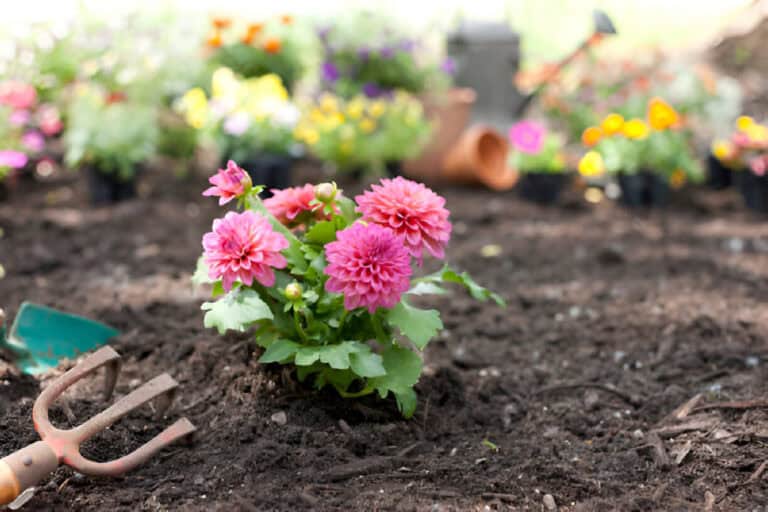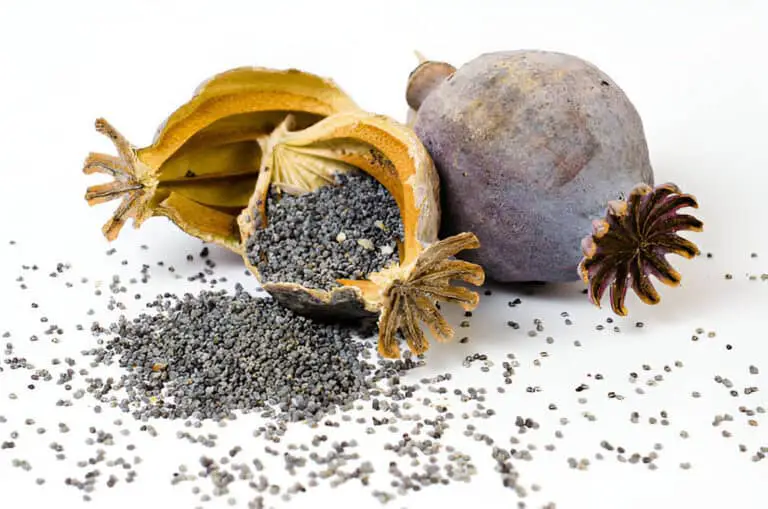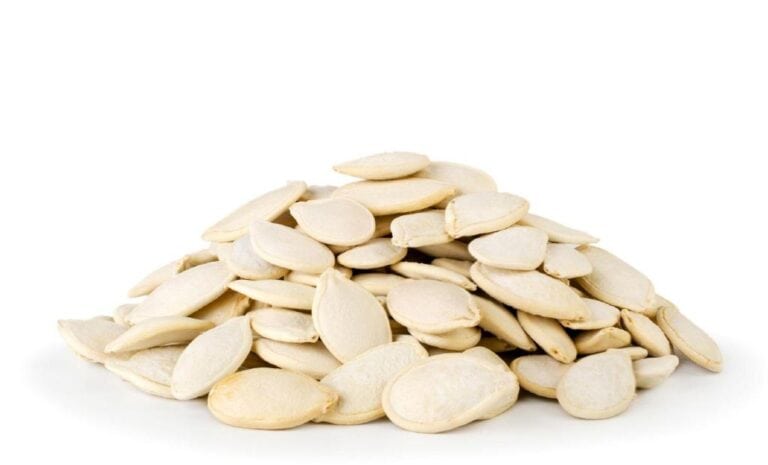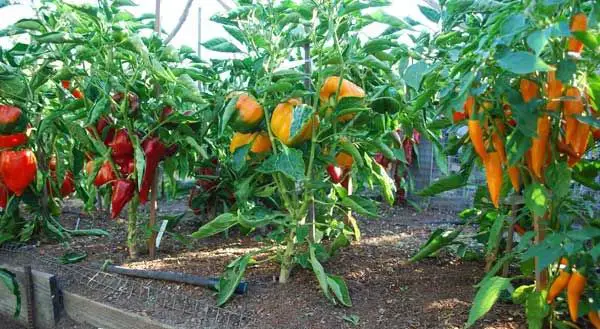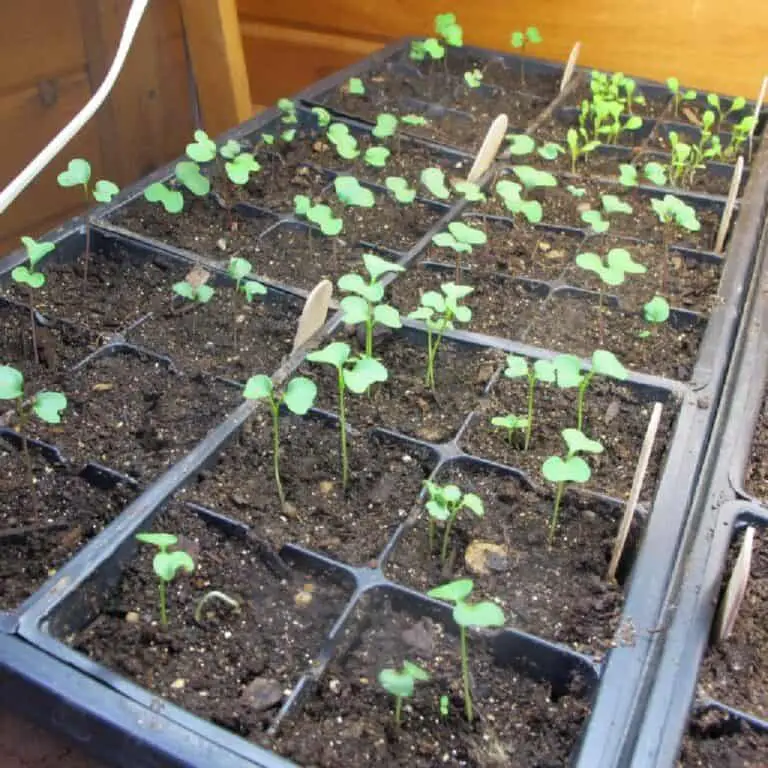How Much Soil and Dirt Do Radishes Need to Grow?
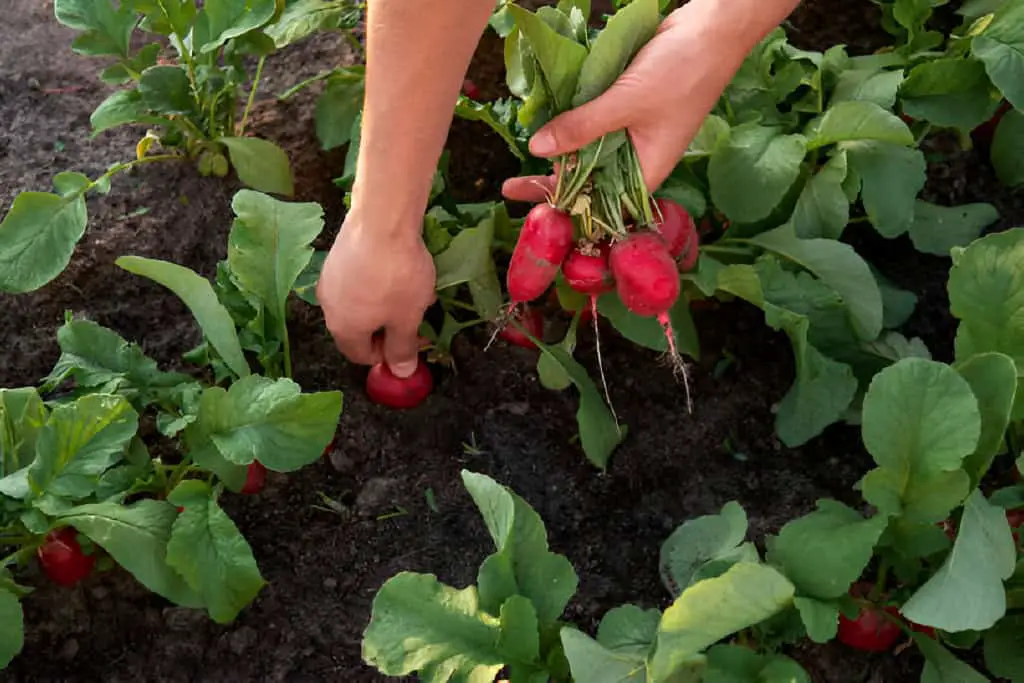
Are you wondering how much soil and dirt radishes need to grow successfully? Radishes are a favorite among home gardeners. They grow fast and have a crisp, peppery flavor. But, growing many requires understanding their soil needs.
We’ll create a guide on the soil and dirt needs for growing radishes. It will cover soil mix, planting, and care.
In this article, we’ll delve into the essential factors that influence radish growth, from soil depth to nutrient requirements. By the end, you’ll have all the knowledge you need to cultivate healthy, vibrant radishes in your own garden. Keep reading to discover the secrets to growing perfect radishes!
Understanding Radish Growth Requirements
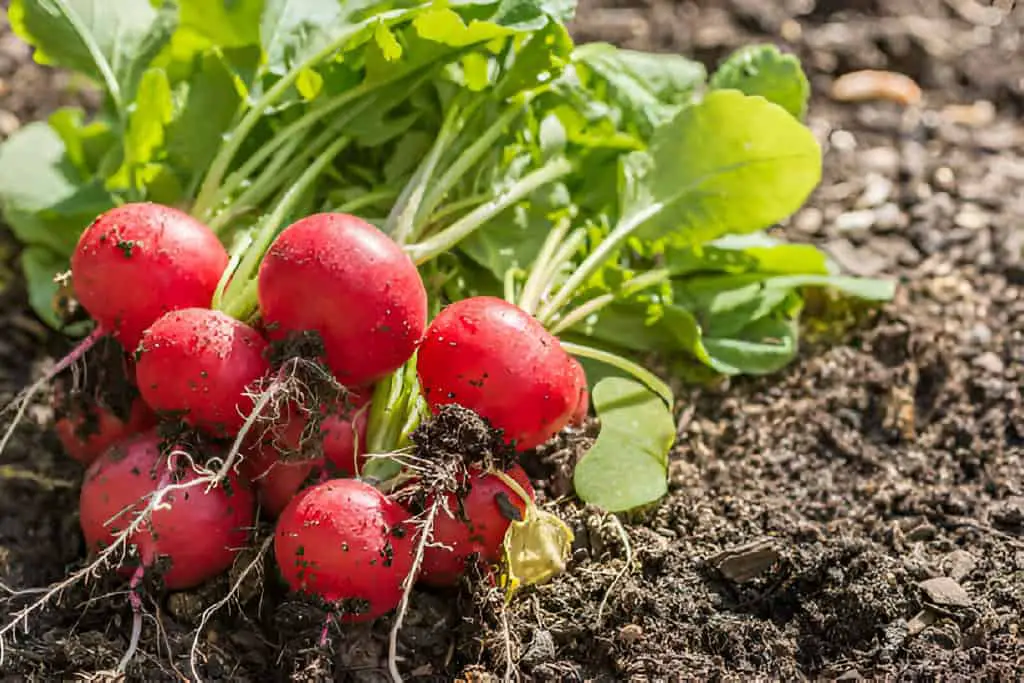
Understanding radish growth requirements involves recognizing several key factors that influence their development. Radishes are known for their crisp texture and peppery flavor. They thrive in well-prepared soil that meets their needs.
Nutrient requirements play a crucial role in the healthy growth of radishes. They need lots of nitrogen. Nitrogen promotes leafy growth. They also need phosphorus, which supports root growth. Additionally, potassium aids in overall plant health and resilience. Ensuring the soil is rich in these nutrients can lead to a bountiful harvest of healthy radishes.
Proper drainage is another essential factor in radish cultivation. Radishes prefer soil that is well-draining to prevent waterlogging, which can lead to root rot and other issues. Raised beds or well-tilled garden plots can help achieve the necessary drainage. Sandy loam soils are particularly suitable, as they provide both good drainage and adequate aeration.
The optimal pH range for radish growth is between 6.0 and 7.0. Maintaining soil within this pH range ensures that nutrients are readily available for uptake by the plants. Testing soil regularly can help monitor and adjust pH levels as needed. This ensures that radishes have the best environment to grow.
Growing Radishes: Benefits and Type of Radishes Varieties
Radishes are fast-growing, versatile vegetables that offer several benefits to home gardeners:
- Quick Harvest: Radishes mature quickly, often ready for harvest in as little as 3-4 weeks.
- Space Efficiency: They can be grown in small spaces, containers, or as intercropping with other vegetables.
- Nutritional Value: Radishes are low in calories and rich in vitamins, making them a healthy addition to your diet.
Types of Radishes
When planning to grow radishes, consider these common types:
- Spring Radishes: Fast-growing and typically harvested in spring or early summer.
- Summer Radishes: Larger varieties that can withstand hotter temperatures.
- Winter Radishes: Larger, slower-growing varieties that mature in late fall or winter.
Each type may have slightly different soil and planting requirements based on their growth habits.
Soil and Dirt Requirements for Radishes Growth
Ideal Soil Composition
Radishes prefer loose, well-draining soil rich in organic matter. The soil should be slightly acidic to neutral (pH 6.0-7.0) for optimal growth.
Components of Suitable Soil Mix
A good radish soil mix typically includes:
- Loam: Provides good structure and drainage.
- Compost: Adds nutrients and improves soil fertility.
- Sand: Enhances drainage for heavy soils.
- Perlite or Vermiculite: Increases aeration and prevents compaction.
- Avoid High Nitrogen: Radishes do not require high levels of nitrogen. High-nitrogen fertilizers can boost leafy growth. But, they do so at the expense of root development. This can lead to misshapen or non-existent roots.
Recommended Soil Depth
Radishes have shallow root systems, so they don’t require deep soil. The ideal soil depth for planting radishes is:
- Soil Depth: 6-8 inches (15-20 cm)
This depth allows roots to grow well and retain moisture. But, it avoids the risk of waterlogging.
| Read: How Much Soil’s Depth and Spacing are Needed to Grow Corn? |
Spacing Requirements for Radishes
Importance of Proper Spacing
Proper spacing ensures that radishes have enough room to grow roots. It also helps them access nutrients and water well.
Recommended Spacing
- In the Ground: Space radish seeds 1-2 inches (2.5-5 cm) apart in rows 6-12 inches (15-30 cm) apart.
- In Raised Beds: Plant seeds in rows or blocks, maintaining 1-2 inches (2.5-5 cm) between seeds and 6-12 inches (15-30 cm) between rows.
- In Containers: Plant radish seeds in containers with a diameter of at least 8-10 inches (20-25 cm), spacing seeds 1-2 inches (2.5-5 cm) apart.
Planting Layout
Consider staggered rows or square foot gardening techniques to maximize space and yield in your garden or containers.
Planting Radishes: How Much Soil and Dirt Do Radishes Need?
Steps to Planting Radishes
- Prepare the Soil: Amend the soil with compost to improve fertility and structure.
- Planting Depth: Sow radish seeds directly into the soil at a depth of 1/2 inch (1.25 cm).
- Watering: Water gently after planting to ensure seeds are moist but not waterlogged.
- Thinning: Once seedlings emerge, thin them to achieve proper spacing. Use thinnings in salads for an extra treat.
Table: Soil Depth and Spacing Recommendations for Radishes
| Type of Planting | Soil Depth | Spacing |
| In the Ground | 6-8 inches | 1-2 inches apart, rows 6-12 inches apart |
| Raised Beds | 6-8 inches | 1-2 inches apart, rows 6-12 inches apart |
| Containers | 6-8 inches | 1-2 inches apart, in containers 8-10 inches in diameter |
Caring for Radishes
Watering
- Keep the soil evenly moist. Do this all growing season to stop radishes from becoming woody or bitter.
Fertilizing
- Radishes need little food. But, they benefit from balanced fertilizer at planting.
Mulching
- Benefits: Apply a thin layer of mulch around radish plants to retain soil moisture and regulate soil temperature.
Pest and Disease Management
- Monitoring: Watch for pests like flea beetles and diseases such as clubroot. Use organic controls as needed.
| Read: How Much Soil Depth and Space Do Pumpkins Need to Grow? |
Harvesting Radishes
Timing
- Harvest Window: Radishes are ready to harvest within 3-4 weeks of planting, once roots reach mature size and are firm to the touch.
Storage Tips
- Immediate Use: Enjoy fresh radishes immediately after harvest for the best flavor and crunch.
- Storage: Store radishes in the refrigerator for up to a week, keeping them in a perforated plastic bag to retain moisture.
Conclusion
Growing radishes is a rewarding experience that yields crisp, flavorful vegetables in a short period. Understanding the soil and spacing needs is key. It ensures healthy roots and maximizes your harvest.
You may be planting in the ground, raised beds, or containers. Following these guidelines will help you grow strong radishes. They will enhance your cooking and joy in gardening. Start your radish garden today and enjoy the benefits of homegrown produce right at your fingertips.

